| 1 | Wonambi |
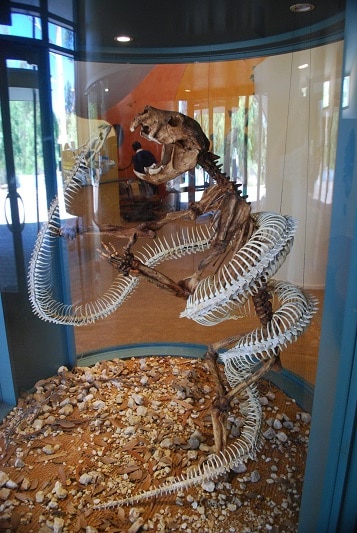
Actually called Wonambi naracoortensis, but plain old wonambi sounds cooler. This was an Australian snake which differs from others here in that it went extinct only very recently, extinguishing into oblivion in the Pleistocene circa 44,000 years ago (the most recent fossil).
Wonambi measured 5-6 metres and was a constrictor, with brutal inward curving teeth that prevented any prey from escaping. Aboriginals with their spears and bushfires may have wiped them out, but so might natural global warming, evaporating the water holes they favoured and creating the arid Australia we know today. Wonambi is a possible source for the Aboriginal rainbow serpent myth – some believe the legend to actually be a long held collective memory that persisted for an unimaginably long time.
The wider wonambi family lasted for 90 millions years, over 50% of recorded snake history. Yet by Wonambi naracoortensis‘s time, it had been whittled down to a few members, or maybe it was the last one of all. A problem was that wonambi lacked a flexible skull, being such an ancient family, and so was restricted in its prey size, sticking to smaller marsupials. The skeleton of a wonambi still lies on the floor of Naracoorte Caves in southern Australia.
| 2 | Coniophis precedens |
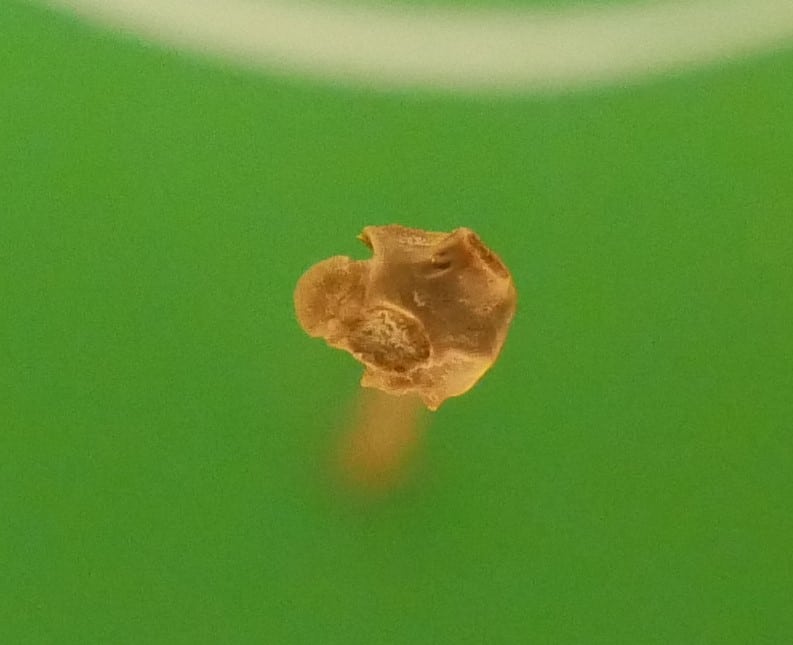
This prehistoric snake was discovered a century ago, but only through a single isolated vertebra. In 2012, the floodgates opened as new vertabrae and jawbones emerged, and scientists concluded that Coniophis precedens was possibly the “missing link” between snakes and lizards. This species roamed the Earth during the cretaceous period 65 million years ago, just before the dinosaur’s total extinction.
Its snake-like body was all in place, as its vertebrae were similar to modern snakes. But its skull was more like today’s lizards. Its jawbone was fixed, preventing it from opening freakishly wide like a python, and limiting the size of its prey. It was probably restricted to salamanders and small lizards.
The fossils were all found in Montana and eastern Wyoming floodplains, including the same muddy soils as T-rex skeletons. Coniophis precedens wasn’t believed to be the ancestor of today’s snakes, but a relic in its own time. Modern snakes with modern skulls already existed in the Cretaceous, and Coniophis precedens was probably an increasingly outcompeted leftover (no stretchy jaw was the problem).
| 3 | Dino egg squeezer |
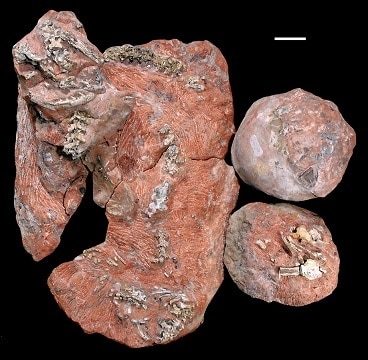
In the late Cretaceous period, a 3.2 metre snake followed a scent, and spotted the prize it had been dreaming of: a titanosaur nest with eggs and hatchlings. It wasted no time approaching, sending the mini dinos into a panic, and wrapped itself around the egg.
But at that moment, the snake and its prey were buried in an avalanche of sediment. They remained there for 67.5 million years, perfectly preserved, until a western Indian archaeological dig finally uncovered their fossils in 1987. The eggs were quickly identified, but the snake took longer. At first, they assumed that the bones were prey of the dinosaurs, until in 2010, when they finally announced that it was an all-new prehistoric snake: Sanajeh indicus.
The jaw of this snake was a halfway house. It wasn’t capable of unhinging and gaping wide yet, but could cope with larger prey than before, as the 50cm dino infants illustrated. Sanajeh indicus didn’t have a jaw capable of swallowing eggs, but was coiled around them anyway – probably waiting for them to hatch. In 2022, the discovery of a second Sanajeh indicus skull was discovered, so this may have been a common Cretaceous species.
| 4 | Myanmar dawn snake |
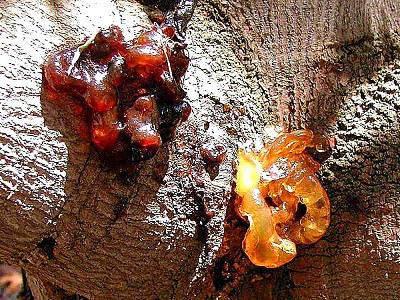
In Jurassic Park, Dr John Hammond manages to resurrect dinosaurs by finding mosquitoes frozen in amber for 65 million years, extracting dino DNA from the sucked blood still in their bodies. The amber preservation method is all too real, and in 2018, a 99 million year old snake species was discovered in Myanmar (Burma). The long-extinct snake measured 4.75cm and was almost certainly a hatchling. The head was missing, but 97 vertebra were intact, along with the attached ribs.
Fragments of insects and leaves within the amber proved that this was a forest snake. After being analysed inside a powerful X-ray called a synchrotron, scientists announced that this was an all new species: the Myanmar dawn snake (Xiaophis Myanmarensis). The snake had been frozen in time 34 million years before the final extinction of dinosaurs. It lived well before T-rexes first evolved.
Interestingly, its spine wasn’t vastly different to modern snakes. The scientists also found a second snake part in amber – a shed skin, probably from a different, larger species.
| 5 | Titanoboa |
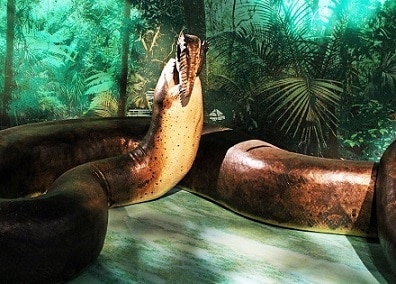
The largest known snake in Earth’s history, as of 2009 when it supplanted Gigantophis garstini. Titanoboa dates back 58-60 million years, and the first fossils were unearthed in a coal mine in northern Colombia. Before long, the archaeologists had dug up bones from 30 snakes. Titanoboa cerrjonensis is the sole known member, and is estimated to have reached 14.3 meters in length, and nearly 1 meter wide. It was capable of swallowing a human being without even slowing down, and turtles and crocodiles would have fled before it. Titanoboa was the undisputed lord of the proto-Amazon rainforests, slithering forward with the reassuring knowledge that no predators would dare to attack it. Whether titanoboa knew it was the biggest snake on Earth is unknown. The fossils are limited, and it’s possible that some titanoboas exceeded even 15 metres. The hot climate back then was a factor, up to 6 centigrade warmer, allowing snakes to expand.
Like The Meg made famous by Jason Statham, there are theories that titanoboa could cling on in the depths of Amazon jungle. Surely it couldn’t have gone undiscovered after all this time? But there’s one point in its favour – that nobody who found it would ever return.
| 6 | Pre-asteroid burrower |
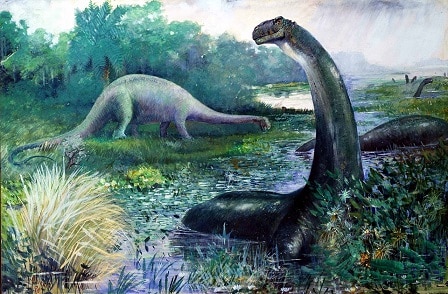
This prehistoric snake family vanished 66 million years ago along with the dinosaurs. The first fossils were found in Madagascar and announced in 2010, but when Spanish vertabrae were found, Menarana was split into two species: Menarana nosymena and M. laurasiae (there were probably more).
Menarana is believed to have been a burrower, based on a fused and compact skull, and depressed vertabral spines which allowed it to glide down holes. At 2.4 meters, menarana wasn’t a terrifying prehistoric monster, but probably slithered below the feet of charging T-rexes mid-hunt, or herbivorous triceratops munching on leaves. They inhabited a humid world overflowing with diverse and wacky life, with dinosaurs in every forest or rocky canyon.
That said, some believe that Menarana had too large a skull to be a burrower, making digging too energy inefficient. They believe that other burrowing characteristics may have been an evolutionary leftover from actual burrowing ancestors. But an in-between possibility is that Menarana didn’t dig its own tunnels, but followed other Cretaceous creatures into their burrows, and had moderate digging skills for clearing rubble and fallen soil.
| 7 | Ancient European python |
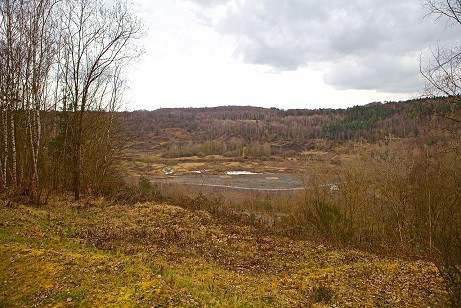
In Germany, there’s a former shale mine called Messel’s pit, which almost became a garbage dump in the 1970s, but was spared due to being a treasure trove of Eocene fossils. It was granted Unesco protection in the 1990s, and in 2020 a new chapter came with the discovery of the oldest python fossil yet.
The skeleton was nearly complete, with 275 vertebrae, and skull intact. It dated back to 47 million years ago, pushing back the earliest known python fossil back 20 million years. At 3.2 meters, the snake was long by today’s standards, though not gigantic. It was officially dubbed Messelopython freyi, part of an entirely new family. Today, Europe has no python species, but the discovery led scientists to consider whether they evolved in the northern hemisphere rather than the southern.
The scientists left no stone unturned in confirming Messelopython freyi as a new species, comparing it to 90 snakes and lizards from museum archives. 785 characteristics were examined, including the positioning of teeth, vertebrae and other bones. Like today’s pythons, the thick body points to Messelopython freyi being a constrictor.
| 8 | Colossal sea serpent |
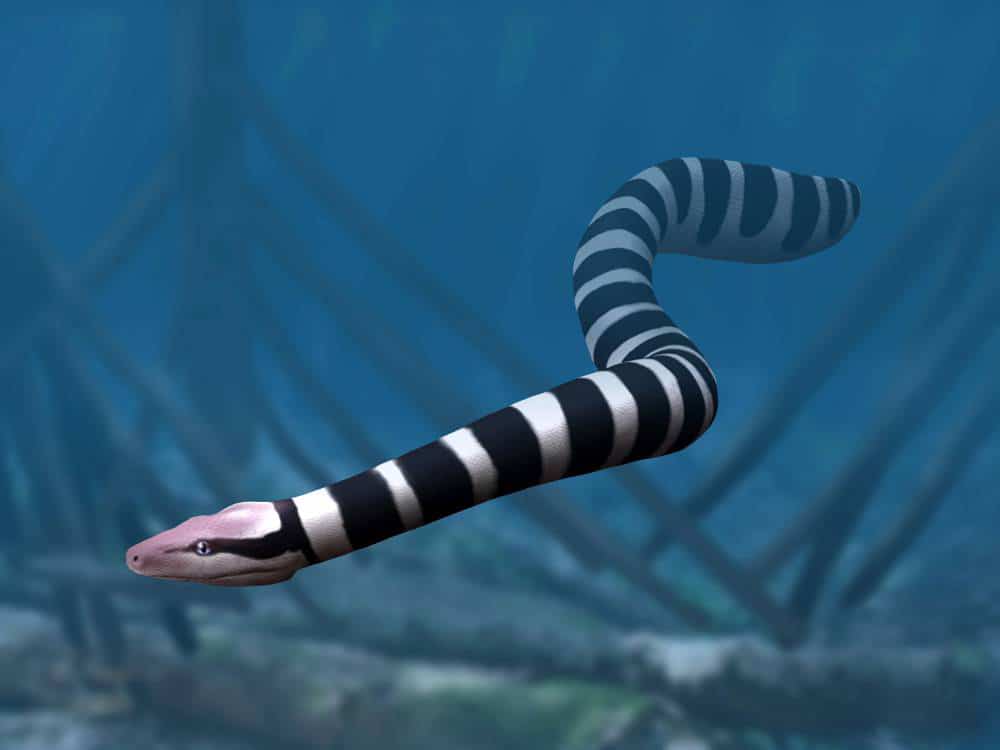
The largest known sea snake from the history books. Palaeophis colossaeus was identified using a single vertebrae, which led to an estimate of 9-12.3 metres in length.
Naturally, there are now mockups on the internet of divers examining the raging snake, seemingly unaware that they’re about to be swallowed. With 1 fossil, we know little about P. colossaeus specifically, but Palaeophis is a prehistoric snake family with multiple members, unlike other snakes on this list. The Palaeophis family has a stiffer spine than modern sea snakes, so P. colossaeus may have been a superior swimmer, but a poor constrictor. The vertebra are also more vascularised, lined with veins and arteries, which normally correlates with faster growth.
The lone P. colossaeus vertebra was found in the Trans-Saharan seaway of Mali (near Tamaguélelt). The most recent family fossils dated to 33.9 million years ago, while the earliest meshed with the dinosaurs at 70.6 million years ago. P colossaeus was easily large enough to hunt proto dolphins and the calves of proto whales.
| 9 | The survivors |

This isn’t one snake – it’s a small handful of snake species from 65 million years ago who survived the asteroid strike. If it was a movie poster they would be in shadow, standing side by side, yet to be revealed. In 2021, scientists revealed a detailed DNA analysis, which showed that all 3600 snake species today originated from a mere handful of mass extinction survivors. As soot blasted into the air and global temperatures plummeted, dinosaur species fell one by one. So did almost all Cretaceous snakes, but some clung on, particularly those able to go months without eating.
Those which could spend time underground also had a survival advantage. When the dust settled (literally in this case), the handful of surviving snakes looked out upon a vast world free of dinosaurs. This led them free to seize vacant ecological niches and evolve in strange new directions, creating today’s vipers, garter snakes, cobras, pythons and more. In particular, snakes only moved to Asia and into the oceans post asteroid. Scientists haven’t identified any of these hard-nosed survivors, but a snake that disappeared along with the dinosaurs was Cerberophis robustus.
| 10 | Gigantophis garstini |
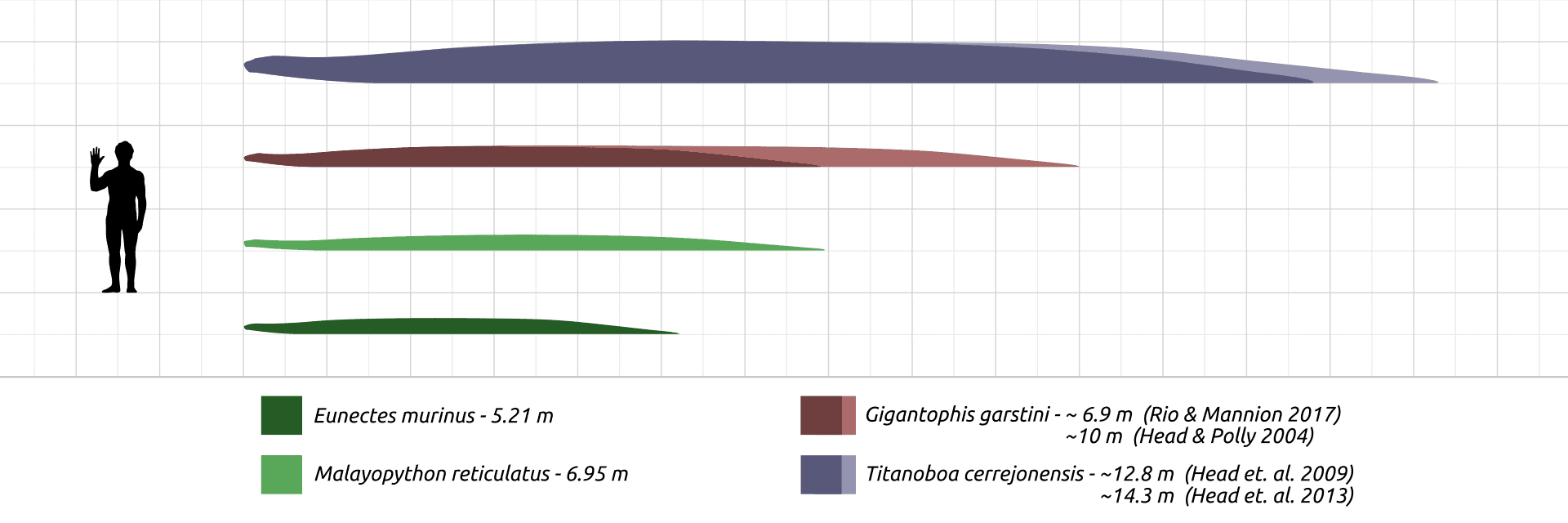
It’s fallen by the wayside recently, but Gigantophis garstini spent a century as the largest known prehistoric snake before titanoboa was discovered. Rather than South America, it resided in North Africa, with fossils found in modern day Egypt and Algeria. The fossils have mainly been vertebrae, but from them scientists have extrapolated an average size of 9-10.7m. Others have been more conservative at a 6.9m average, but this is still larger than any living snake. People started having visions of colossal green snakes slithering up sand dunes and down the other sides.
The first fossils were discovered in 1901, and more recently, possible fossils have been found in Pakistan, which could be the same species or a close relative. Gigantophis garstini could have been a boa constrictor equivalent: massive and feared, and found across a huge range. The fossils date back 40 million years, past the time of the dinosaurs. It’s possible that this snake moved into the void niche of massive carnivore.
